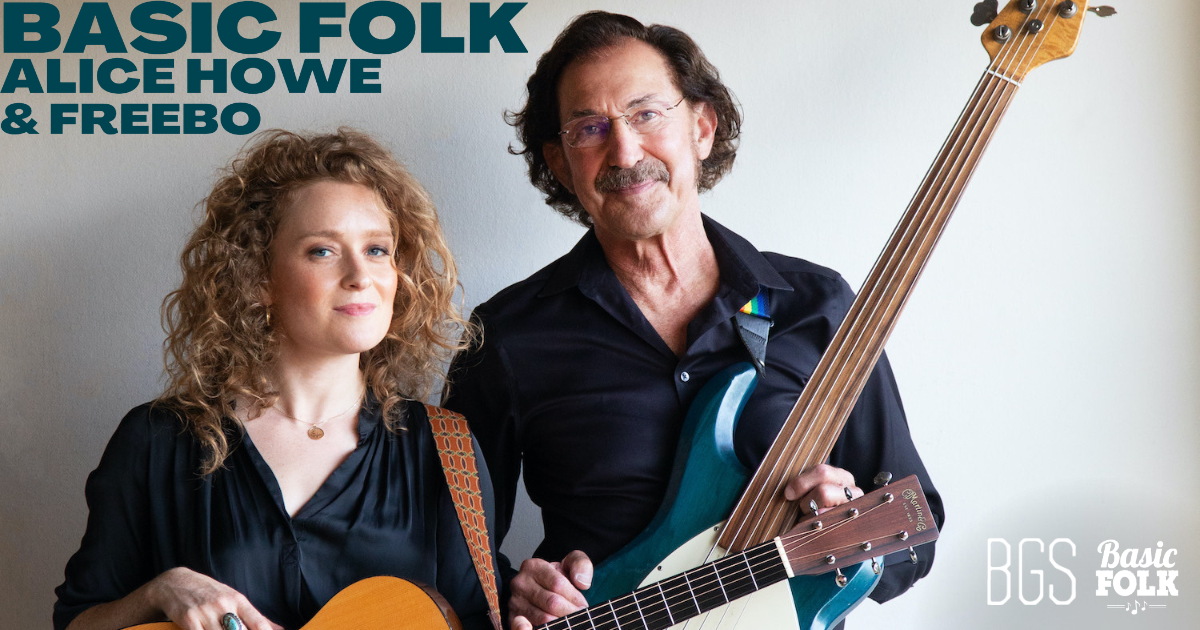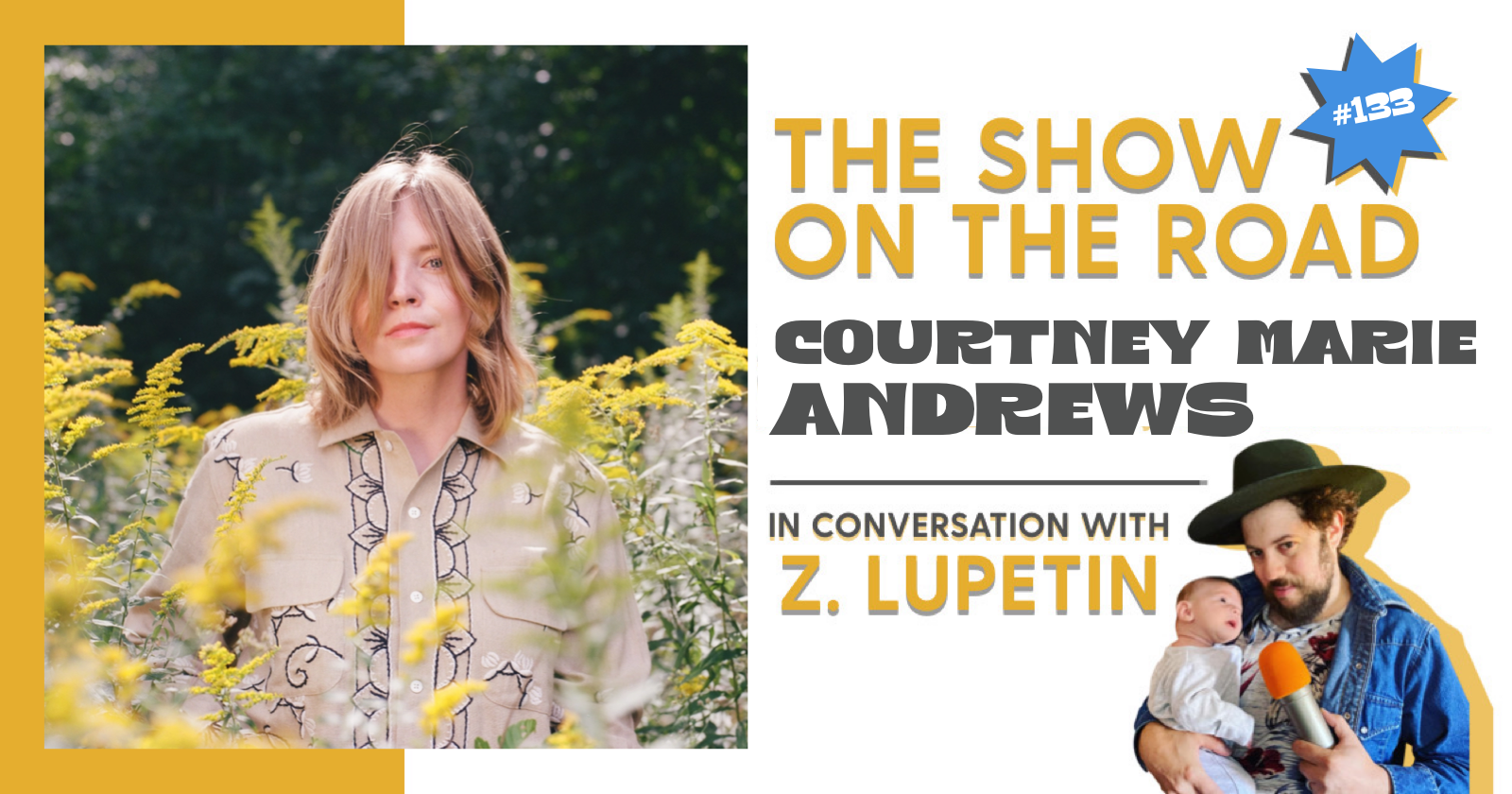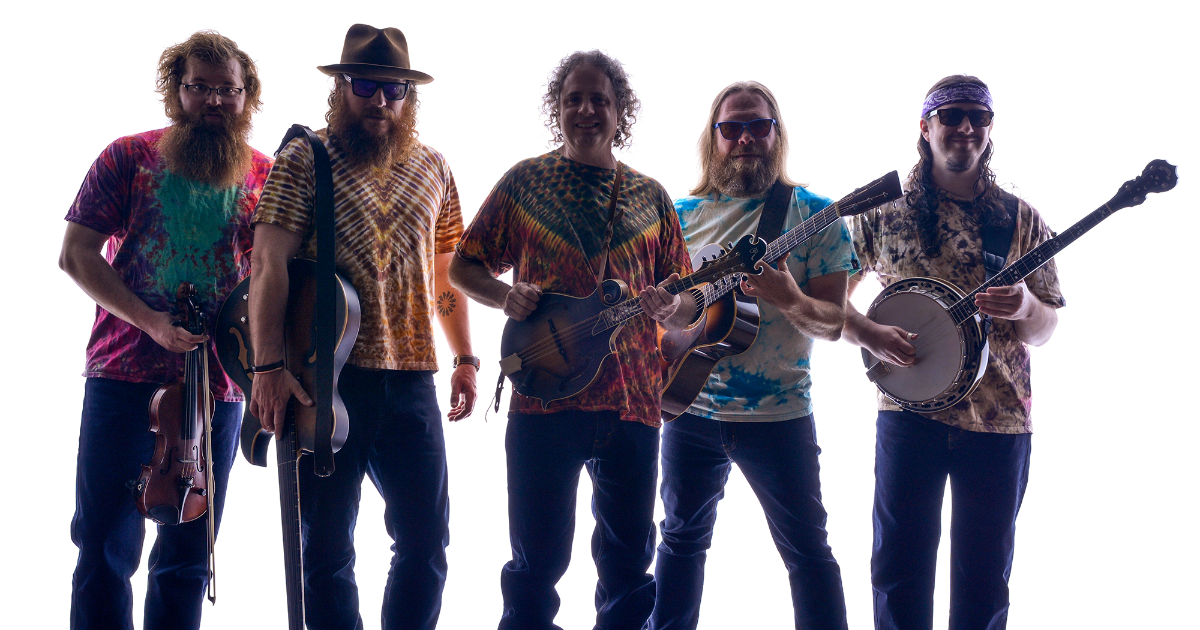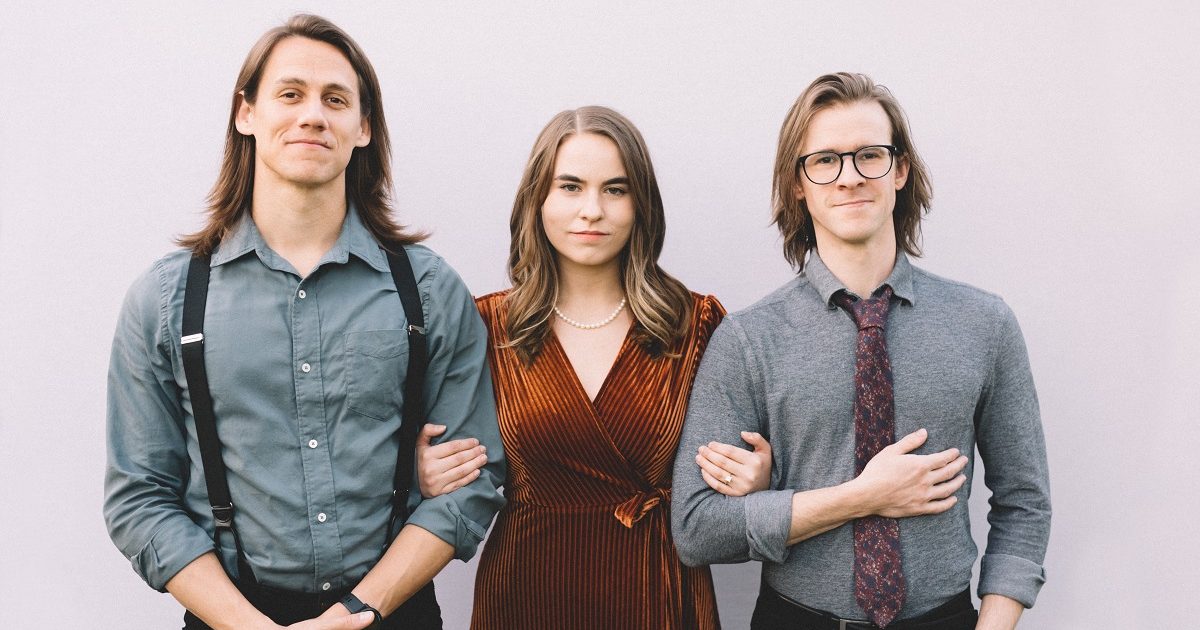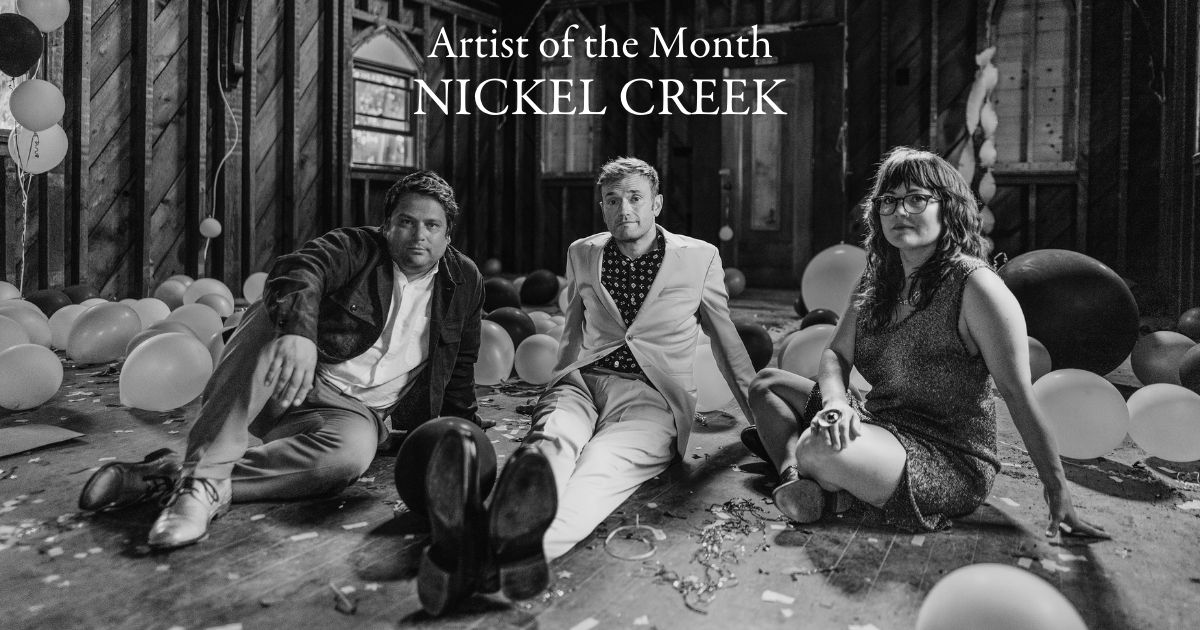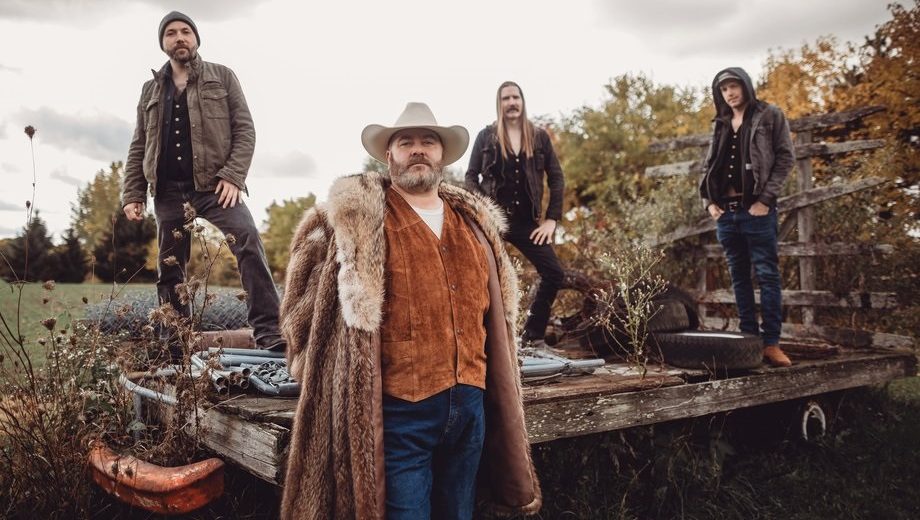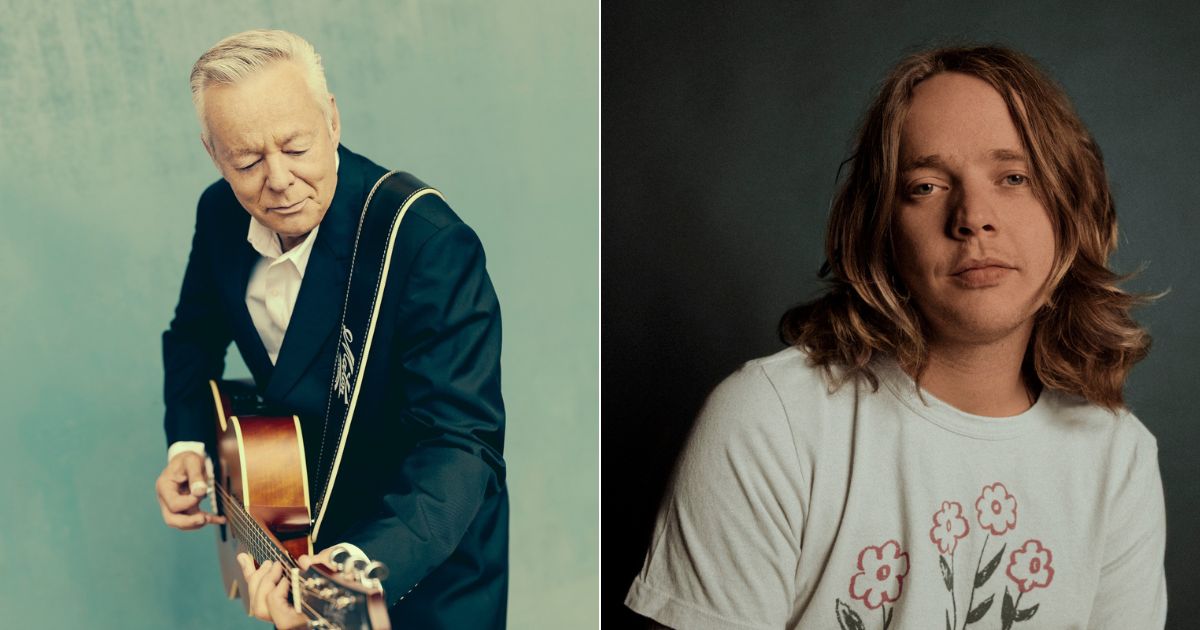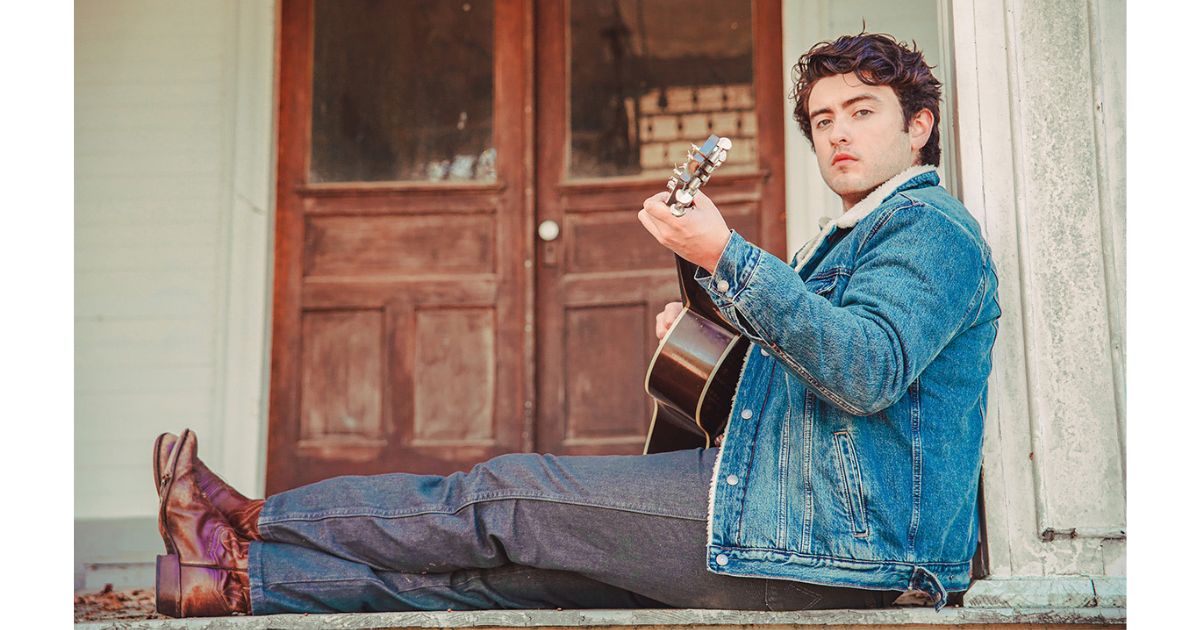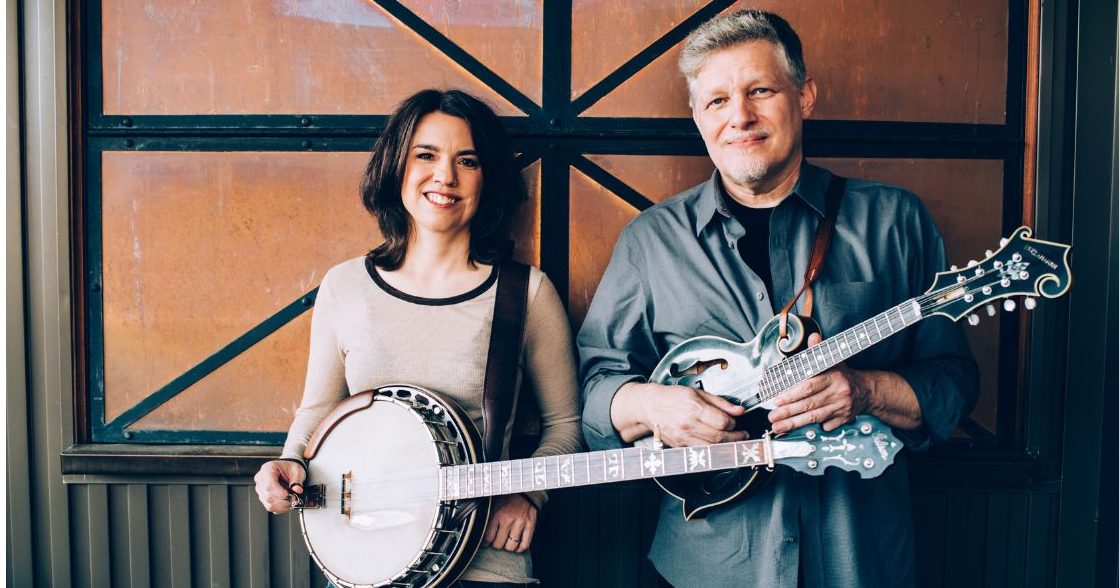Nickel Creek’s Celebrants is a richly textured, musically audacious, thematically knotty album, as ambitious as anything the trio have ever recorded together, but they still have time to make pleasantries. “It’s been too long, strangers,” they sing on their second song, “Strangers,” a racing roundelay of instrumental runs and overlapping vocals that plays off the old traditional “Hello Stranger” and possibly even a Who song. “Are you hanging in there? Are the kids alright?”
They’re checking in with each other, with you the listener, not out of idle curiosity or social ritual, but active concern. They want you to feel welcome in their album, invested in their comeback.
The three members of Nickel Creek—fiddler Sara Watkins, guitarist Sean Watkins, mandolinist Chris Thile, all singers and writers and co-producers as well—have not been idle during their not-quite-a-decade apart. Thile has released three albums with his other band Punch Brothers, as well as a handful of solo and collaborative albums, including one with jazz pianist Brad Mehldau, a series of Bach trios with Yo-Yo Ma and Edgar Meyer and a reunion project with Goat Rodeo. He had also kept busy hosting the radio program Live From Here. But Nickel Creek remains an active and special outlet for the instrumentalist, precisely because it’s less a band than a friendship. He’s been playing with the Watkins siblings since he was eight years old. They’ve grown up together, but haven’t exactly grown up. They still play around when they play together, which is reflected in the dizzying and ingenious Celebrants.
In the third and final of our series of interviews with the band members, Thile talked to the Bluegrass Situation about hiding easter eggs throughout Celebrants, finding a wormhole in Central Park, and finding musical inspiration in Richard Powers’ doorstop novel The Overstory.
Editor’s Note: Read our BGS interviews with Sara Watkins and with Sean Watkins.
BGS: To start with the same question I asked them, how did you know it was time to get back together with them and make something?
Thile: There’s that annoying phenomenon that we all experience with our closest friends: As adults we don’t prioritize hanging out with them because we know they’re gonna be there. They’re not going anywhere. We’re not going anywhere. Then, the next thing you know, it’s been six months or a year since you talked with them, much less had a real heart-to-heart with your best friend. Because life! Then you finally do, because you’re starting to feel a kind of ache inside. You finally make time. You both do. And you realize what’s been missing in your life. You realize there’s been this gaping best-friend-size hole in your life.
It’s the same for us in Nickel Creek. We’ve been doing this since I was eight years old. Sean was 12. There was a period right after we made Why Should the Fire Die? when we thought we might not come back to the band. We were proud of that record, but we were just fried, you know. We needed to go off and become individuals. But we do keep coming back to Nickel Creek. And after A Dotted Line there was no real need for the space that we accidentally gave ourselves. We had a great time making that album and touring and even had some writing sessions scheduled shortly thereafter. But life, you know. They have their things that they do. I have the things that I do. Hosting Live From Here takes up a gargantuan amount of time. I’ve got Punch Brothers, too, which is still a very important project to me.

Did anything come out of those early songwriting sessions?
We got some starts, including the song that eventually became “Strangers.” But that can just kept getting kicked down the sidewalk. Then the pandemic was just horrific and traumatic for everyone, although we did end up asking ourselves some questions that needed to be asked, in terms of what we’re prioritizing in our lives. Are we making decisions that lead to the most happiness that we can muster? A lot of times the answer was no. It would set off a round of soul-searching. And I think that’s what led us back to each other.
It sounds like this band has become a project that you know is there, you can dip in and out as needed. You can go nine years without making a record and it might not seem unusual. It’s there when you need it.
Yes. But in a way, I think it made this record feel very urgent to us. When I listen back to it now, there’s an urgency that speaks to a buildup of ideas that we had collectively. It wasn’t a slow, steady stream. The dam just broke. That’s how it felt. And that’s fun. It wasn’t really hard work to make this record. Well, making records is always hard work, but this one… as much time as we gave it, it gave back tenfold. It never felt like we were having to mine for stuff. It just felt like we were harvesting it. That made it feel fresh. And by no means did we harvest everything that we could have. There’s room for another one in the next couple of years, for sure.
One thing that I’ve mentioned to the other two is the way the album opens. It takes as its subject that nine years between albums, and then explores what it means to come back together, to make music together, and perform it in front a crowd.
We took that as a jumping off point—our own reconnection—but I think we recognized that we were barreling toward a period where that was going to be a pretty universal experience. Everyone was going to finally be getting back together with the people they hold nearest and dearest. The more we thought about it, we thought that might encompass a lot of interactions between people right now. That’s not even necessarily a pandemic thing, though that did change how we interact with people. We barely have to interact at all anymore.
And when we do, we’re not even interacting as humans. We’re interacting as avatars online. It’s easy to make caricatures of other people when that’s how you relate to them. It’s easy to dehumanize them because they don’t seem as human that way. It’s this two-dimensional world that we’ve created. Gone are the days when you would sit at a barbershop and argue with someone about politics or sit down and have a beer and watch a game together, where you’re pulling for the same cause as someone who might not share any beliefs with you beyond the mutual affinity for the local sports team.
Those things are sacred, but we’ve lost them for the most part. The pandemic didn’t help, but it did bring up these questions that we were all asking ourselves. This record started with our reunion, but we quickly realized that that was by no means an isolated experience. It wasn’t unique to us. That realization opened up all these avenues of thought for what Celebrants could be.
The record has this novelistic quality, with all these themes and subplots running through it. It reminded me a little bit of House of Leaves in its self-referentiality.
I have that book in the bedroom right now. I haven’t tucked in yet, but I know enough that if the album in any way reminds you of that book, I deeply thank you. I think we were trying to make a record that felt like its own little world. It’s its own thing. The art that Sara and Sean and I all gravitate toward is art that engages you, art that makes you part of the creative process. As opposed to art that just shows you some cool thing somebody found. Instead of saying, “Hey, here’s some stuff we wanted to say. Hey, what can you do with all this stuff?” We find it all very stimulating to our minds and hearts and souls, and we’re curious if it’s stimulating to yours as well. It’s a record full of questions, and questions are just so much more engaging than answers. And more sincere. Answers strike me as being insincere. Or maybe just naïve.
How so?
Every time I think I’ve got something that’s like an answer and I write it down, the next day it just sounds so ridiculous. There’s more meaning in pondering it. There’s meaning in staying quizzical. Maybe that comes from hanging out with a seven-and-a-half-year-old, who seems so wise. That’s the state he’s in. On one hand, he’s growing up so fast and his awareness of the world is changing so fast, because he’s not approaching anything thinking that he has any answers. Rather, he’s approaching everything because it has something to show him. That’s a state I want to get back to. The best art lives in that childlike space.
So your son is younger than the last Nickel Creek album? Realizing that makes me realize how much happens in nine years that changes you as a person. Did you see that in yourself or in Sean and Sara?
I’m sure they both told you how it all started, how we all shacked up in this big house in Santa Barbara with our families—our partners and our children and dogs. Getting to see them again in that little microcosm was so inspiring. I’ve known them since I was eight, which is a crazy thing. My little boy is maybe six months younger than we were when we started hanging out and playing together. And now our kids are hanging out. It’s very special. And getting to know Sara and Sean’s spouses, respectively, and them getting to hang out with my wife Claire, and all of us just having dinner together and talking about stuff and getting to see all the things that they’re going through. It’s just crazy. So many of these songs are in direct observation of the various interpersonal dynamics between us all.
We started thinking about the benefits of leaning into the friction of our respective domestic lives. When you commit to another human being and live in close quarters with them for a long period of time, you have to commit to embracing the friction between you. You’re not always going to be in lockstep. There’s a lot of friction, but the sparks from that friction can generate a lot of productivity. We see it in our own lives, and we watch it changing. We watch those sparks light fires. But we all have more than we can handle at home, so much so that we don’t have anything left for the rest of the world. But the world needs that friction as well. Otherwise, we’ll only sit here and agree with the people we agree with. We have to engage with people we might not agree with. We have to respect them, and we have to believe they might have something to show us. If we don’t, they’ll never be able to believe that we have something to show them. Find the commonalities between you and just hang out. It’s hard, but it’s the best work we can do.
Sean mentioned that you all had hidden easter eggs on the album, and Sara mentioned that every song has at least one reference to another song. It feels like you were all writing a full album rather than just a collection of songs.
I think it’s helpful to think of the album as a song and the songs as verses. They’re just part of the song that is the album. There are all these instrumental and lyrical themes that come back. There’s no song that isn’t connected to the whole in some very tangible way. We didn’t want to hit people over the head with it. You don’t want to build something that has to be experienced all at once or not at all. You don’t want people to feel like they have to listen to it in one go or it has nothing to offer them. We wanted it to be like some epic LEGO set, one that’s made out of ten different LEGO sets. You can put them all together to form this gigantic space station, or you can have fun playing with them by themselves. That’s the idea. But if you do play with them together, you get to know the record more and you start making all these connections. Oh, the bridge of this song is the verse of this other song!
Can you give an example?
One example would be in the instrumental song “Going Out…” when Sean is playing the melody, I play this sort of ping-pongy thing that is actually the verse of “New Blood.” There’s stuff like that all throughout the record. The instrumental melody of “Holding Pattern” is the chorus of “To the Airport.” There are so many of them. The rhythm of the accompaniment in the chorus of “Celebrants” is the same rhythm accompaniment in the chorus of “Strangers.” Point and counterpoint. But those are just the musical ones. There are lyrical and thematic ones as well. The line “Look at us trying to move” in “To the Airport” becomes “Listen to us trying to listen in” on “Water Under the Bridge Pt. 2.” “Failure Isn’t Forever” mentions both “Hollywood Ending” and “The Meadow.” Everything is inextricably linked.
One thing that was super inspiring to me in regards to this record is Richard Powers’ book The Overstory. It’s an incredible, incredible novel. It might be 200 pages before he starts connecting these various avenues of thought, but as soon as they start connecting, you’re like, “Oh my god!” We really wanted to try to tap into that. Those connections are there if you want them to be, but it was a huge concern not to think ourselves into oblivion. First and foremost it has to be listenable. But if you’re going to make an album in this day and age, there has to be a good reason for it, because that’s not how people consume music. It’s really us geeky people who still listen to records all the way through. We gotta give each other a reason to keep doing it.
Photo Credit: Josh Goleman
